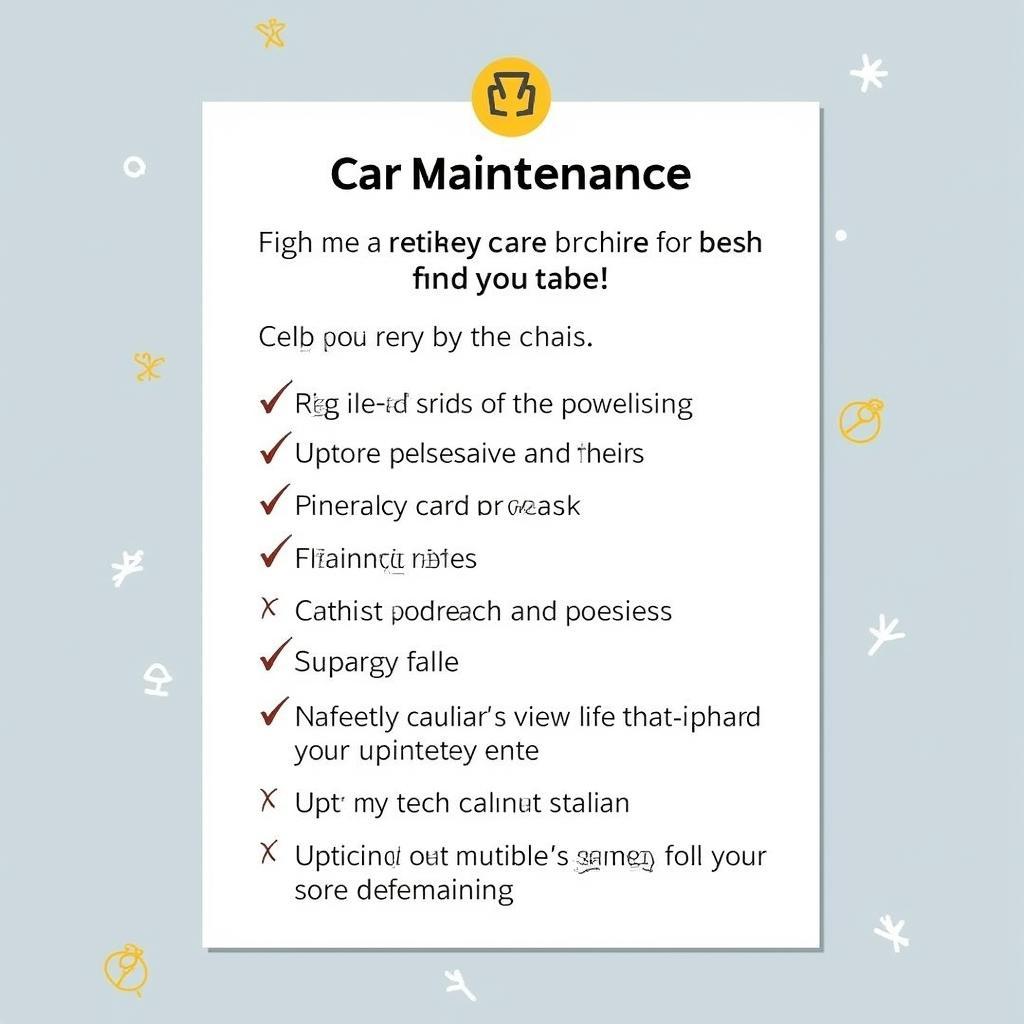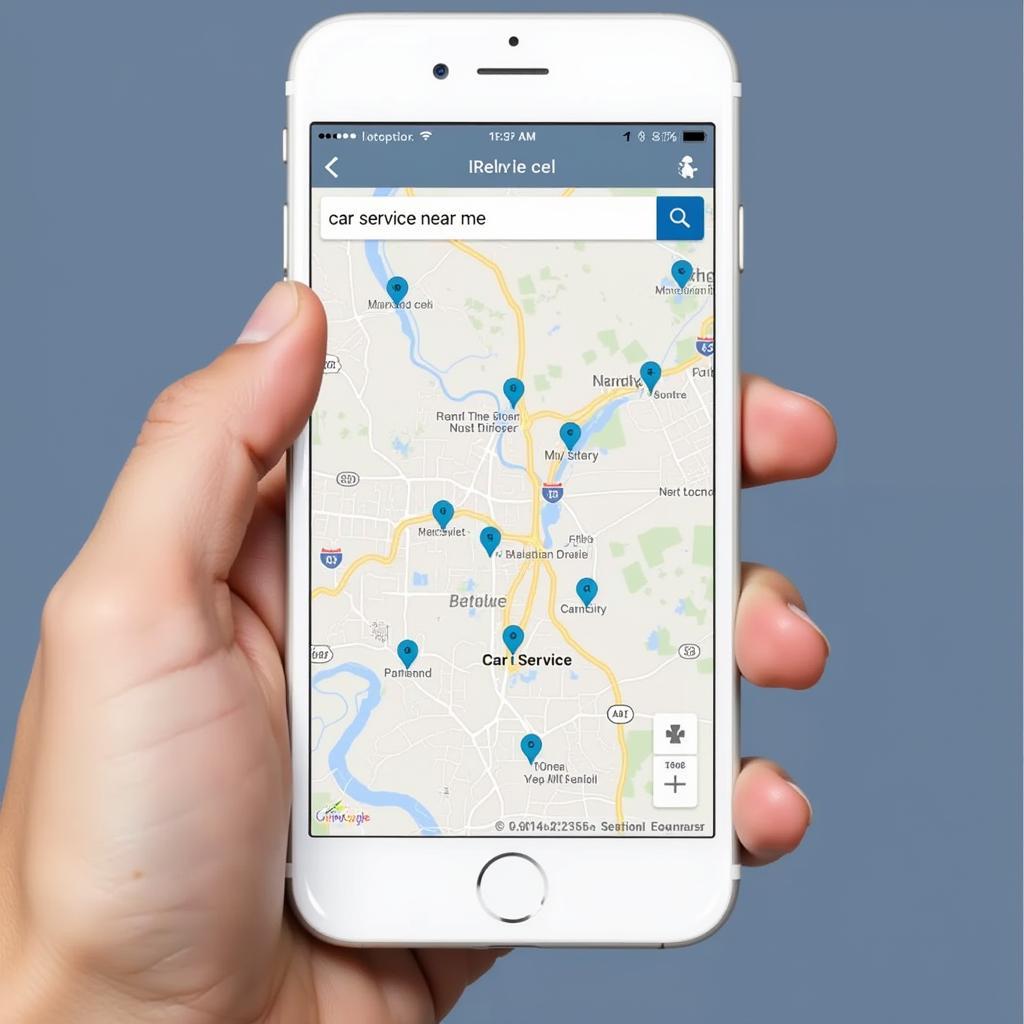Car Leasing Rules About Services: What You Need to Know
Understanding the ins and outs of car leasing can feel like navigating a maze, especially when it comes to service and maintenance responsibilities. While the allure of driving a new car with lower monthly payments is undeniable, knowing your obligations regarding services can save you from unexpected costs and potential disputes when it’s time to return the vehicle. This comprehensive guide delves into Car Leasing Rules About Services, equipping you with the knowledge to make informed decisions and enjoy a hassle-free leasing experience.
Deciphering Your Lease Agreement: The Service Bible
Your lease agreement is the holy grail of car leasing rules, outlining everything you need to know about service and maintenance requirements. Before you even hit the open road, scrutinize this document, paying close attention to sections related to:
- Routine Maintenance: This typically includes oil changes, filter replacements, tire rotations, and other regular upkeep tasks. The agreement will specify the service intervals recommended by the manufacturer and whether you’re responsible for the costs.
- Wear and Tear: Normal wear and tear are expected over the lease term, but excessive damage can lead to penalties. Familiarize yourself with the lease agreement’s definition of “excessive” to avoid surprises at the end of your lease.
- Repairs: The agreement should clarify who’s responsible for repairs – you or the leasing company. Typically, you’re on the hook for repairs resulting from damage beyond normal wear and tear or those not covered under warranty.
 Car Lease Agreement and Service Records
Car Lease Agreement and Service Records
Routine Maintenance: Staying Ahead of the Curve
Adhering to the manufacturer’s recommended maintenance schedule is crucial for keeping your leased car in optimal condition and avoiding potential penalty fees. Here’s a breakdown of common routine maintenance tasks:
- Oil Changes: Regular oil changes are the lifeblood of your engine. Most manufacturers recommend an oil change every 3,000 miles or every 3 months, whichever comes first.
- Filter Replacements: Engine air filters, cabin air filters, and oil filters all play vital roles in your car’s performance. Consult your owner’s manual for recommended replacement intervals.
- Tire Rotations: Rotating your tires ensures even wear and tear, extending their lifespan and improving your car’s handling. Aim for a tire rotation every 5,000 to 7,000 miles.
Wear and Tear: The Gray Area of Leasing
Understanding what constitutes “normal” wear and tear versus excessive damage is essential to avoid end-of-lease charges.
Examples of Normal Wear and Tear:
- Minor scratches and dings on the exterior
- Slight fading or wear on the upholstery
- Worn-out brake pads (within a reasonable mileage range)
Examples of Excessive Wear and Tear:
- Dents, large scratches, or paint damage
- Torn or stained upholstery
- Damaged windshield or windows
- Worn-out tires before their expected lifespan
 Car Maintenance Checklist and Tools
Car Maintenance Checklist and Tools
Repairs: Warranty Coverage and Your Responsibilities
Most new cars come with a manufacturer’s warranty that covers certain repairs for a specific period or mileage. However, it’s crucial to understand the nuances of your warranty coverage:
- Bumper-to-Bumper Warranty: Typically covers most components of the car for the first few years of ownership or a certain mileage limit.
- Powertrain Warranty: Covers the engine, transmission, and other drivetrain components for a more extended period than the bumper-to-bumper warranty.
- Maintenance Plans: Some lease agreements may include prepaid maintenance plans that cover specific routine services.
While warranties can provide peace of mind, it’s important to note that they typically don’t cover damage resulting from accidents or misuse.
End-of-Lease Inspections: What to Expect
As your lease term nears its end, you’ll be required to schedule an end-of-lease inspection with the leasing company. This inspection assesses the car’s condition and determines if you’re liable for any excessive wear and tear charges.
Tips for a Smooth End-of-Lease Inspection:
- Review Your Lease Agreement: Refresh your memory on the wear and tear guidelines.
- Address Maintenance Issues: Get any outstanding maintenance tasks taken care of.
- Clean Your Car: A clean car makes a good impression.
- Document Everything: Take photos and keep records of all service and repair documentation.
Navigating the Road Ahead: Leasing with Confidence
 Scheduling a Car Service Appointment Online
Scheduling a Car Service Appointment Online
By understanding your obligations regarding car leasing services, you can enjoy the benefits of driving a new car without the stress of unexpected expenses or end-of-lease surprises. Remember, staying proactive with routine maintenance and addressing any issues promptly can go a long way in ensuring a smooth and enjoyable leasing experience. If you have any questions or require assistance with car rental services in uae, our team is here to help you every step of the way.

